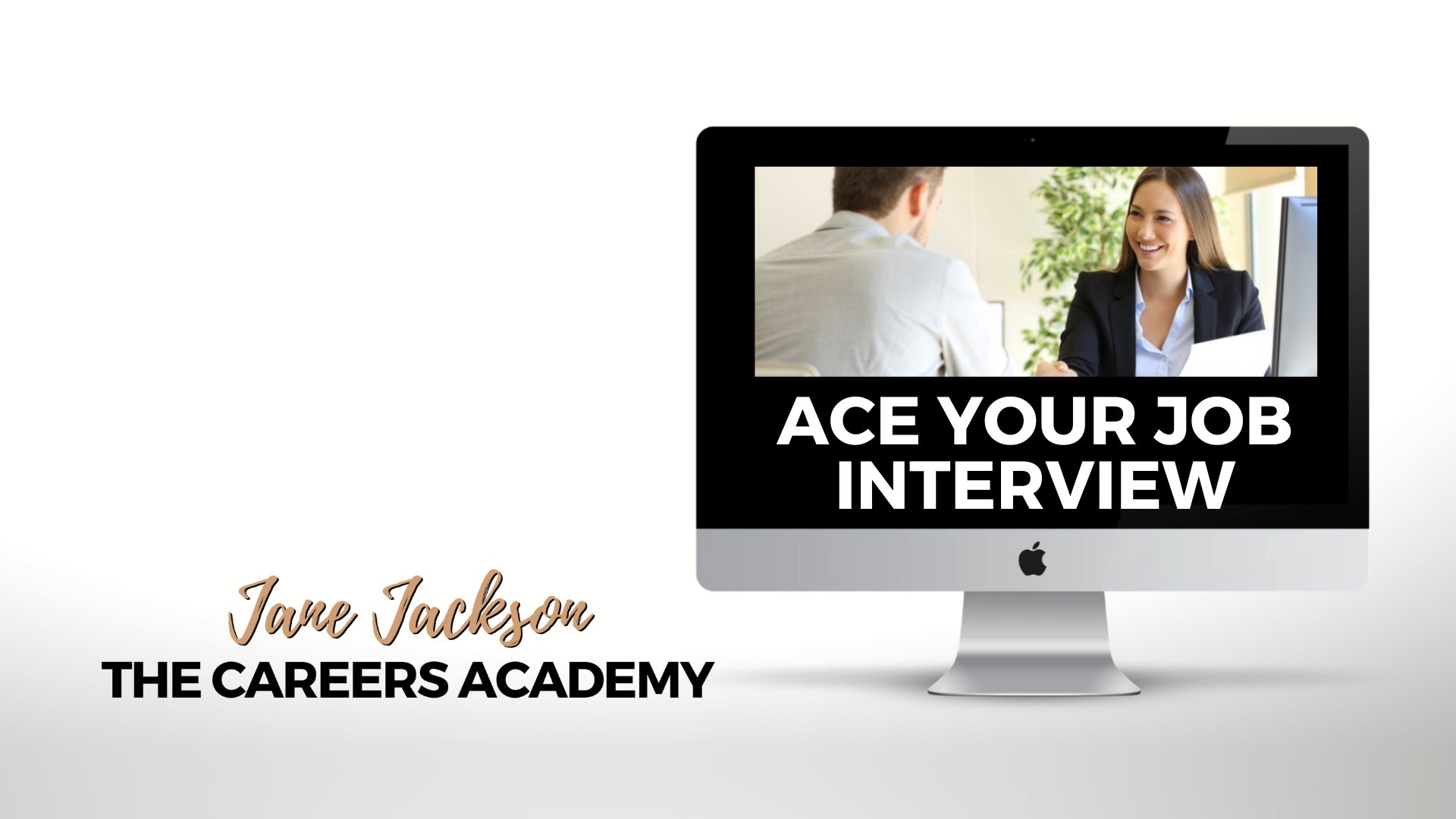“Tell Me About Yourself”
One common opening question in an interview is usually the one that most people find extremely difficult. It’s question that puts them on the spot. It’s a question that gives them the stage and, if they are well prepared, provides an opportunity to create a strong, and lasting, first impression.
Ask yourself what YOU would say if someone said, “Tell me about yourself.”
The 60 – 90 Second Introduction is your answer. It is an important part of any networking meeting or interview. It provides an overview of what you have done and what you are looking for in a clear, concise and compelling capsule of information.
When should you use a 90 Second Introduction?
➢ To respond to the question, “Tell me about yourself”
➢ During an informational interview/networking meeting
➢ At a pre-screening interview
➢ At a job interview
➢ In social situations
➢ Whenever there is an occasion to market yourself.
These are opportunities to clearly articulate your career goals and, at the same time, create a positive, lasting impression with the listener.
YOUR QUICK ‘COMMERCIAL’ (or elevator pitch)
➢ Alerts the listener to your employment background and aspirations
➢ Stimulates their interest to learn more about you
➢ Confines your introduction to an average adult’s attention span
➢ Identifies who you are by title or specialty
➢ Provides some background sprinkled with quantified accomplishments
➢ It announces your current situation – what you are looking for (which is the purpose of this conversation in an interview)
Here is a suggested format for the 90 Second Introduction:
PAST
Career Summary (30 – 45 seconds) Present the ‘big picture’ and allow your listener to ask you to elaborate on anything that is of interest. During this time you can include your most recent career history, a snapshot of the type of work you have been performing and the type of organization, industry or functional area where you performed it.
CRITICAL JUNCTURE
(About 15 seconds) Here you can explain why you are looking for work. It is important to talk about this in a brief, matter of fact way and focus on the positive side of the transition.
FUTURE
(About 30 seconds) If in a networking meeting, talk about your target industry, position, function or role.
Mentioning the names of organizations you are targeting or meeting with can be helpful. It is easier for people to make connections and offer support when they have specific information.
QUESTION
Asking a question is polite and a way to promote a two-way discussion. It is the component that will most likely change depending upon the reason you are using your Introduction. (e.g. ‘You’re familiar with the industry.
In what other areas do you think there might be opportunities for a person with my experience?’ or ‘In your experience, what do you consider to be the most critical skills a professional in this area can have?’ or ‘So, what do you think? How does that sound to you?’)
Your Introduction needs to be flexible – customised and responsive to the agenda and needs of the listener. It is important to be able to expand your story when the opportunity presents itself, or to hold back if that is more appropriate.
In either case, once you are comfortable with your basic story, you will find telephone interviews, networking conversations, and interview preparation to be easier and more rewarding. I’d love to hear how well your positioning statement works for you – leave a comment below!
For assistance to create a strong communication strategy, book a one-on-one coaching session here and strengthen your interview technique.
Join take my ‘How to Ace Your Job Interview‘ online course and learn how to effectively prepare and practice so you do ACE your next interview.



